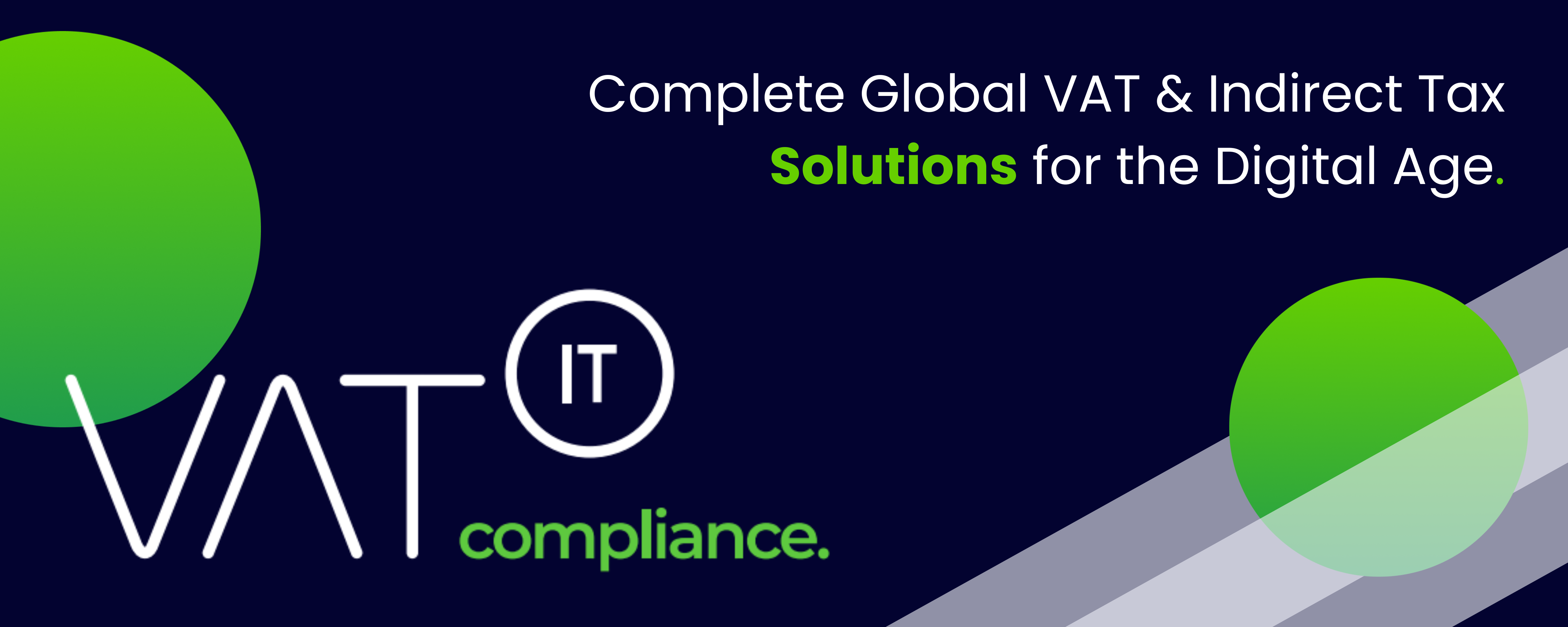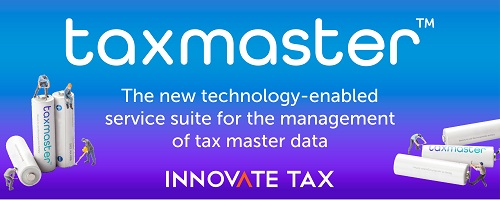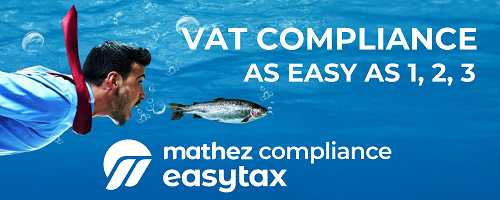- Digital tax technologies are transforming the way US organizations manage indirect tax processes.
- Tools like robotic process automation (RPA), artificial intelligence (AI), and machine learning are used to improve processes such as sales tax reconciliation and tax credit management.
- However, digital technology itself is also becoming a focus of indirect tax, with more state tax regimes imposing sales tax on technology-based products and services.
- Digital technologies like RPA, ETL, and OCR can streamline indirect tax management processes by automating data extraction, validation, and preparation.
- AI and machine learning tools can automate data trend analysis and anomaly detection, as well as improve exemption certificate and tax credit management.
- Data analytics tools and dashboards enable tax professionals to perform sophisticated analyses and provide strategic insights.
- Indirect tax compliance software can streamline compliance with automated tools and real-time rates.
- The increasing taxation of digital technology presents challenges in terms of tax characterization, sourcing, and taxability on a jurisdiction-by-jurisdiction basis.
- Examples of taxable and nontaxable digital technology services are provided to illustrate the complexity of taxability determinations.
- Indirect tax digital technology can help tax departments manage the uncertainty of state governments imposing indirect tax on digital technology by providing precision, clarity, and efficiency.
Source: taxathand.com
Note that this post was (partially) written with the help of AI. It is always useful to review the original source material, and where needed to obtain (local) advice from a specialist.















